*Two-wing silverbell
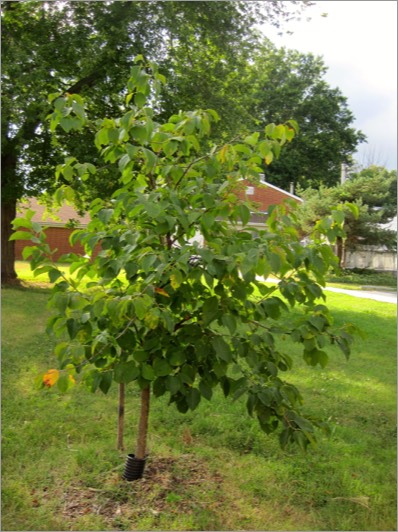
*Halesia diptera
TWO-WING SILVERBELL
Styracaceae
S.E. North America
Location: map coordinates P-10 (north side of Baker Building),
N 39°11'10'' W 75°32'45''
Planting history: planted 5/6/10. Source: Willey Farms, DE. (Dr. S. Yost, USDA NIFA Capacity Building Grant funds).
Description:
*Non-native species (not native to Delaware)
TWO-WING SILVERBELL
Styracaceae
S.E. North America
Location: map coordinates P-10 (north side of Baker Building),
N 39°11'10'' W 75°32'45''
Planting history: planted 5/6/10. Source: Willey Farms, DE. (Dr. S. Yost, USDA NIFA Capacity Building Grant funds).
Description:
- deciduous shrub or small tree
- etymology: Halesia for Dr. Stephen Hales (1677-1761), English scientist; diptera = 2-winged (the fruit)
- leaves simple, alternate, irregularly toothed
- flowers white, bell-shaped, in hanging clusters; very attractive, in spring
- fruit dry, 2-winged
- related to Styrax japonicus Japanese snowbell, in same family; both attractive ornamentals
- native habitat moist woods and swampy areas, coastal plain, South Carolina to northwestern Florida, west to Texas
*Non-native species (not native to Delaware)
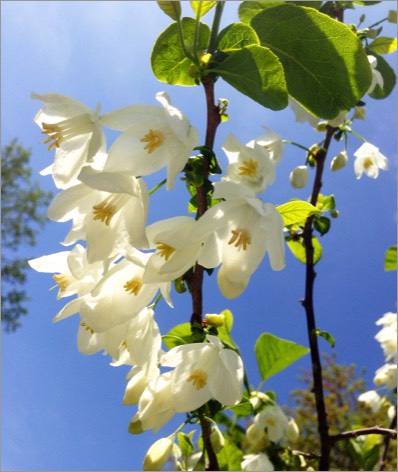
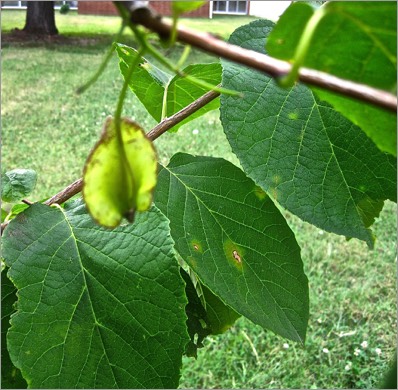
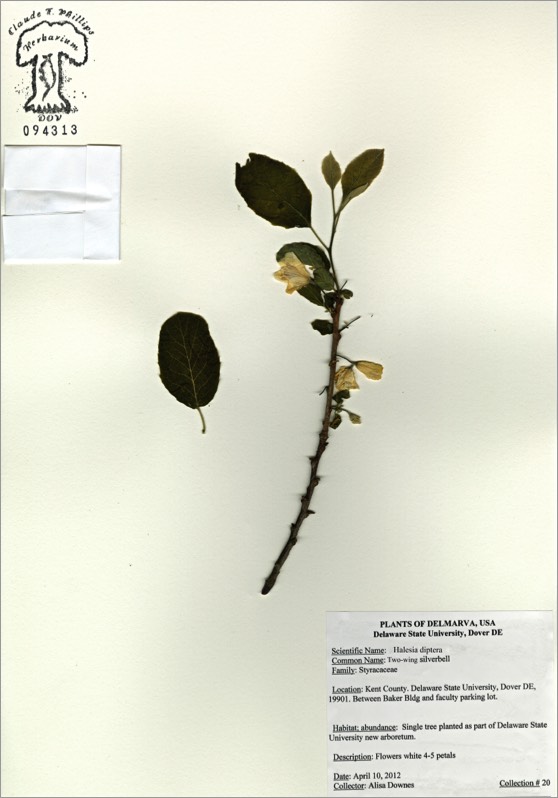
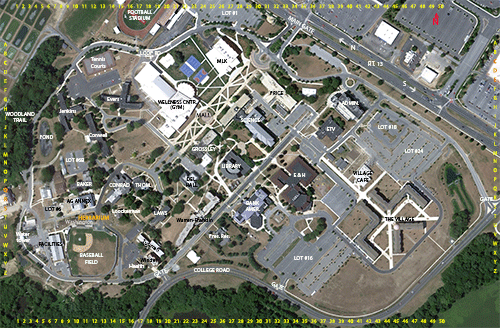
HIT REFRESH TO START LOCATION GRAPHIC